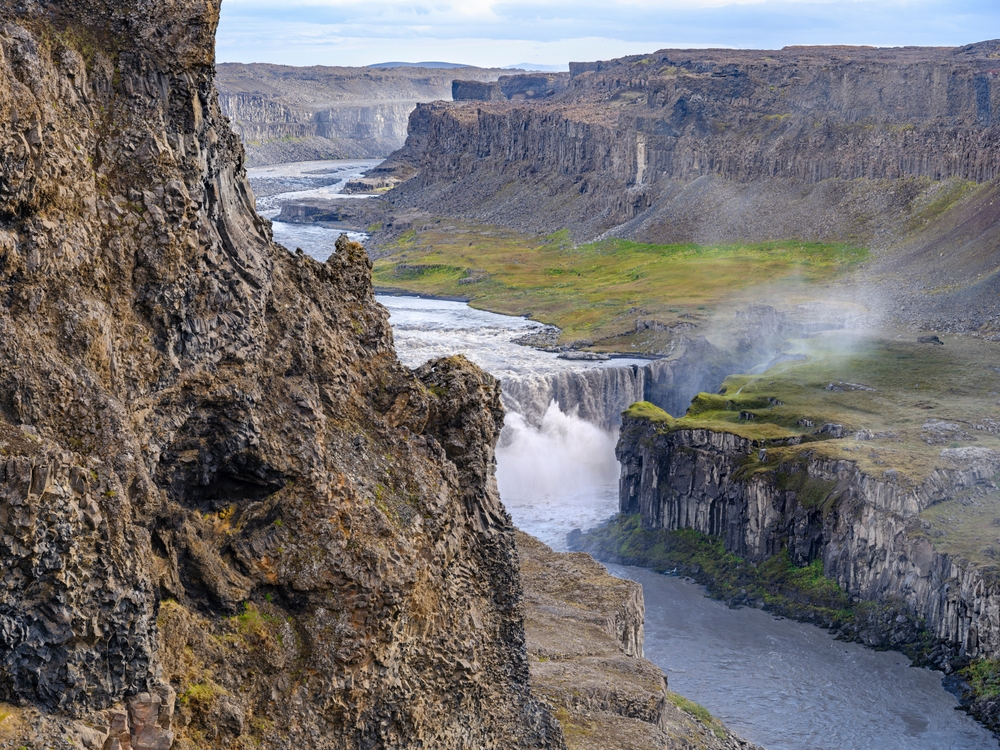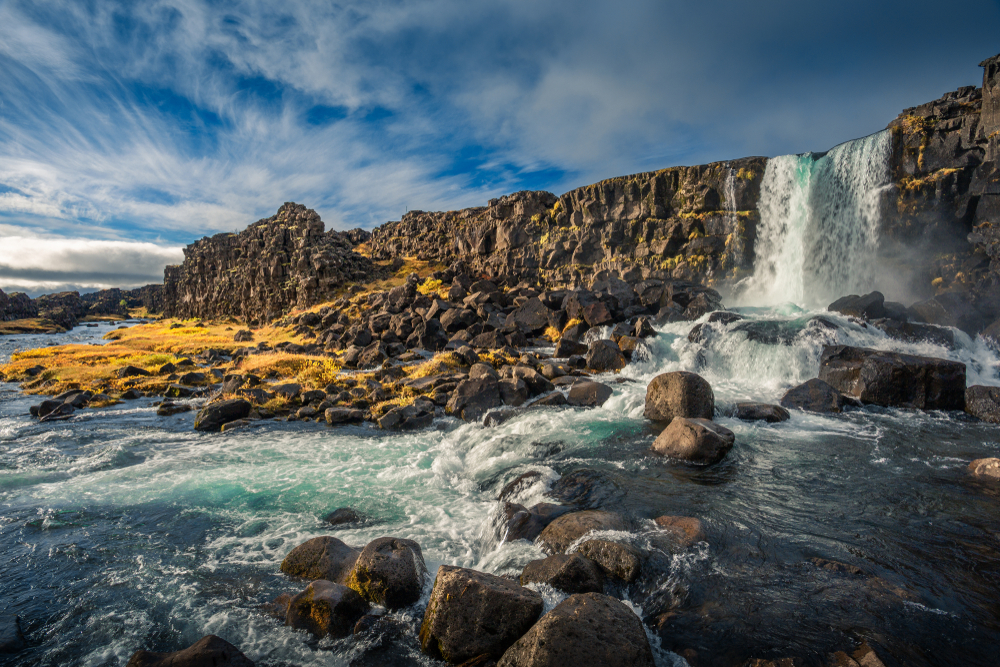Skaftafell Overview
Skaftafell National Park, known in Icelandic as Skaftafellsþjóðgarður, is a stunning protected area located in southeastern Iceland. Encompassing approximately 480 square miles (1,240 square kilometers), it is a part of the larger Vatnajökull National Park. This region is renowned for its unique combination of fire and ice, with dramatic landscapes shaped by volcanic activity and glacial forces over thousands of years.
Situated at the edge of the Vatnajökull Glacier, the largest glacier in Europe, Skaftafell offers visitors a breathtaking variety of terrains, including glacial tongues, black sand deserts, jagged mountain peaks, and lush birch woodlands. Among its most iconic features is Svartifoss, or the Black Falls, a picturesque waterfall framed by dark basalt columns resembling organ pipes. The park is also home to Hvannadalshnúkur, Iceland’s highest peak, which rises to an impressive 6,922 feet (2,110 meters).
The vegetation in Skaftafell thrives in this otherwise harsh environment, with the lowland areas covered in vibrant mosses, grasses, and shrubs. Closer to the glacier, the landscape becomes more barren, yet hardy species such as arctic willows and lichens can be found clinging to life.
In the summer months, the park’s meadows bloom with colorful wildflowers, creating a striking contrast against the stark glacial backdrop.
Wildlife in Skaftafell is equally remarkable, though subtle due to the extreme conditions. Birdwatchers will delight in spotting a variety of avian species, including the great skua, arctic tern, and golden plover. On rare occasions, visitors may even catch sight of the majestic gyrfalcon.
Mammals are less abundant, but arctic foxes can sometimes be observed in the park’s remote areas. Seals may also be seen along the nearby coastline, adding to the diversity of wildlife experiences.
Visitors are drawn to Skaftafell for its natural beauty and array of outdoor activities. Hiking is one of the most popular ways to explore the park, with well-maintained trails leading to landmarks such as Svartifoss and Skaftafellsjökull Glacier. The park is also a gateway for more challenging treks, including expeditions to Hvannadalshnúkur and longer routes across the Vatnajökull ice cap.
In winter, ice climbing and glacier hiking offer adventurous ways to experience the icy terrain. Photographers are particularly enamored with the park’s ever-changing light and dramatic landscapes, making it a dream destination for capturing Iceland’s raw beauty.
Conservation efforts in Skaftafell have been a key focus since its establishment. While its inclusion in Vatnajökull National Park has provided enhanced protection, challenges persist, particularly concerning climate change and its impact on glaciers.
Efforts by Iceland’s national park services and environmental organizations have been instrumental in monitoring and mitigating these effects, with successes in sustainable tourism practices that help balance visitor experiences with environmental preservation. Skaftafell remains a testament to the power and fragility of nature, captivating all who visit.












































































